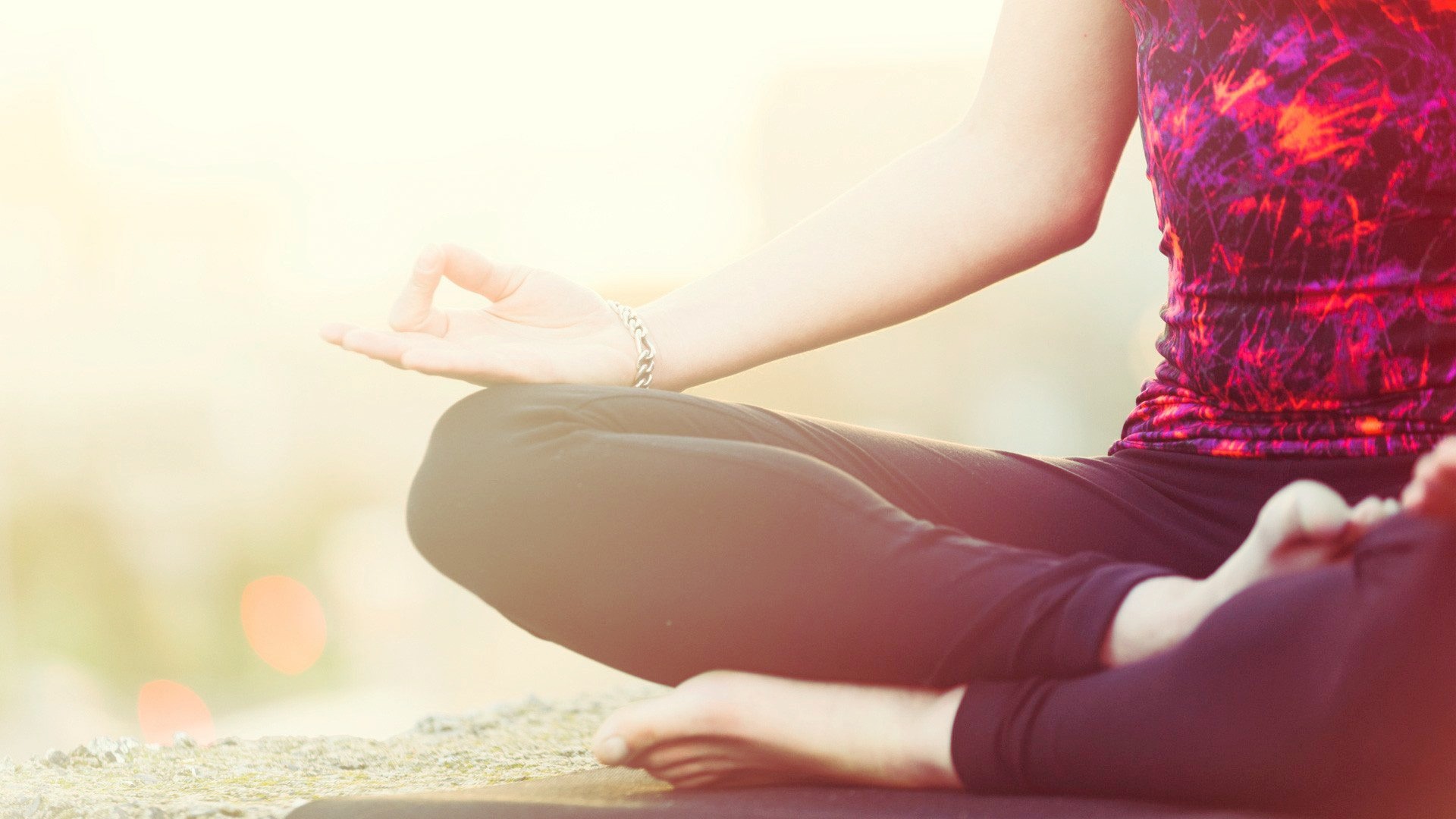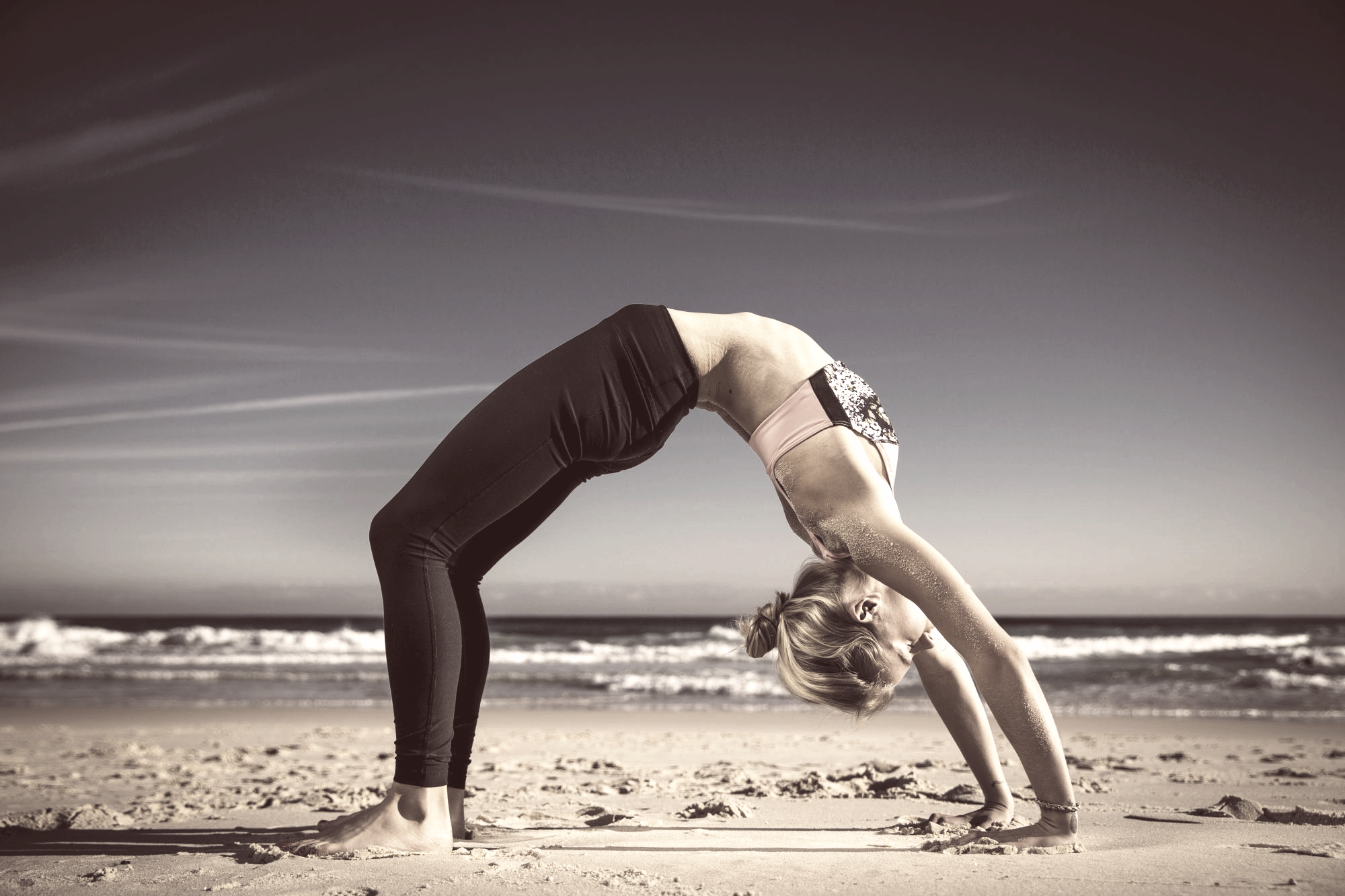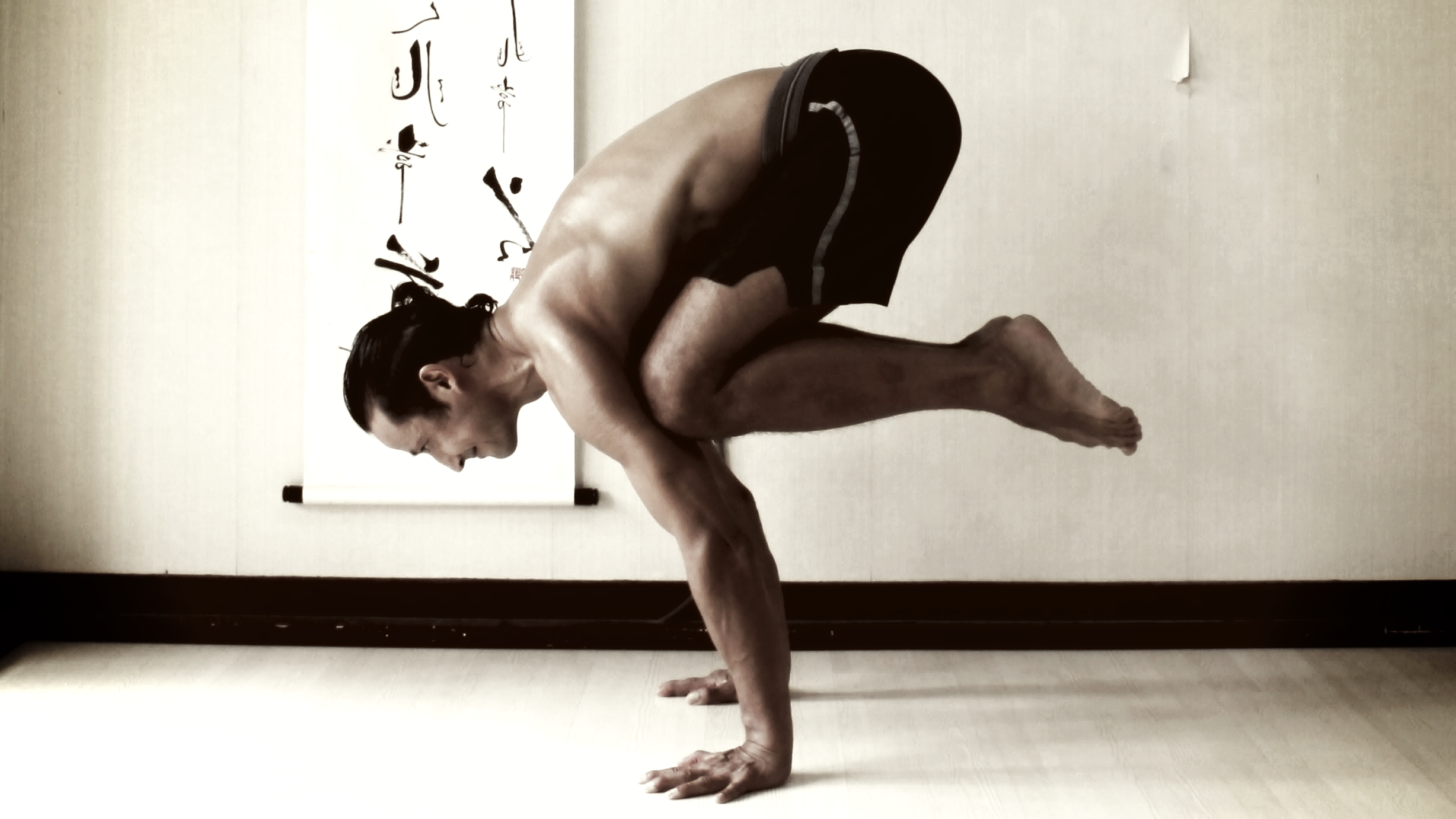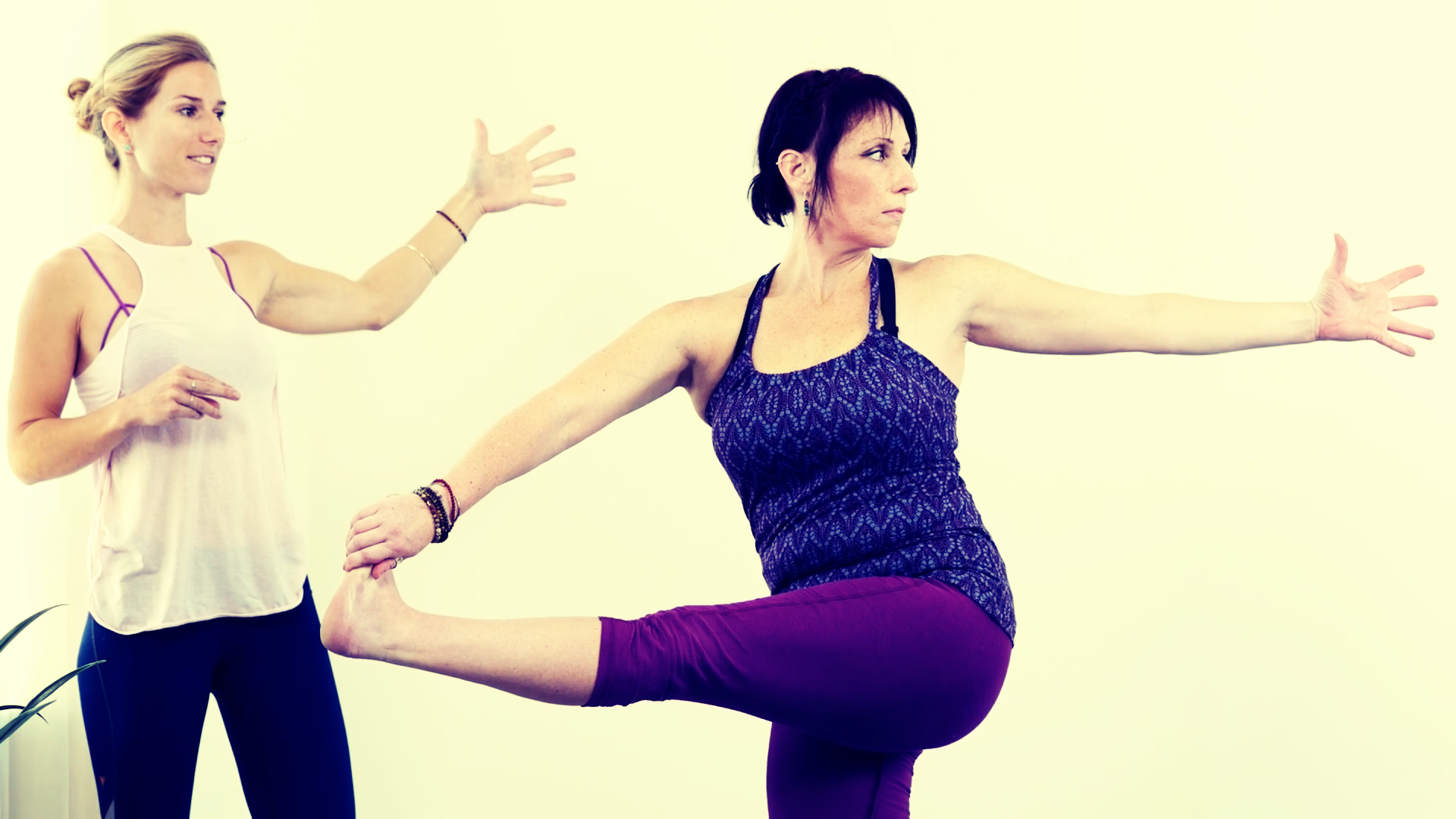
After ten years of teaching yoga, I’ve yet to meet a woman who wants the upper body of Arny Schwarzenegger! Yet many ‘yoga programmes’ are based on male anatomy and emphasise upper body development. In general guys have broader shoulders, larger chests and longer arms than us ladies. This gives them a physical advantage when performing certain postures. Some women are able to step up and complete these male centric asana, but as we know, yoga is not about outdoing each other on the mat! The good thing is that there are definitely asana that better suit the female anatomy. Over the coming week and months we plan to publish guidance in practicing these poses and use them to compile a new guide that will form a permanent part of this website. At the moment we are planning on calling it ‘Essential Postures for Women’, I know what you’re thinking, very original eh! Overtime we hope to develop this into a Udemy or Youtube course, stay tuned for that… So the first series of essential postures for women will focus on the pelvic centre.
The Pelvic Centre
Intuitively most women want to focus on the pelvic region, the abdomen, the hips and their bottoms when practicing yoga. The female anatomy, combined with the effects of child birth make these areas a central points of focus. This is not a weakness, indeed it is advantageous to both women and men to focus the pelvic centre / central area of the body. This core strength will enable you to complete more advanced asana, it will also help with balance for sports like skiing, wake boarding and surfing. In fact strength in your pelvic centre is a marker of good overall health and longevity. Potentially giving you more good quality years of life as you age. The first asana we are going to look at as part of the Pelvic Centring series is Mula Bandha Asana, the Root Lock pose.
Mula Bandha Asana (Root Lock)
The Root Lock Pose stimulates and tones the pelvic nerves, strengthens the pelvic floor muscles and tones the urogenital system. In case you’re not familiar with that last term, its all the bits that you have some control over your bladder.
On the mat
Make all the usual preparations for a successful yoga practice.
Sit in a an upright pose such as half lotus, or use a firm seat if you have mobility challenges. Try to sense the area between your vulva and your anus – Not always the easiest thing to do if you have not done so before! Slowly squeeze the area towards its central point, and then slowly release. If you a finding it a challenge isolating this area, roll up a sock (I use my husbands, don’t tell him) and place it underneath you, just behind the vulva. Repeat this exercise fifteen times. Try to isolate these muscles, whilst keeping your abs and bum relaxed.
If you found that first part easy, lets develop the practice. Start by contracting the as before, but hold the contraction, whilst at the same time tensing the muscles inside your vagina. Then release the vaginal muscles and then your pelvic floor muscles. This is the root lock!
The final and full variation of Mula Bandha is to combine it with your breathing. Sitting as before, slowly exhale and contract your pelvic floor, then gradually focus on lifting it, whilst at the same time contracting your vaginal muscles. As you slowly exhale, start to release the upper part of your vaginal muscles and work downwards; finish by releasing your pelvic floor, all within the same exhale. I would suggest starting this practice by completing ten repetitions, and work your way up to a maximum of twenty five per day.







